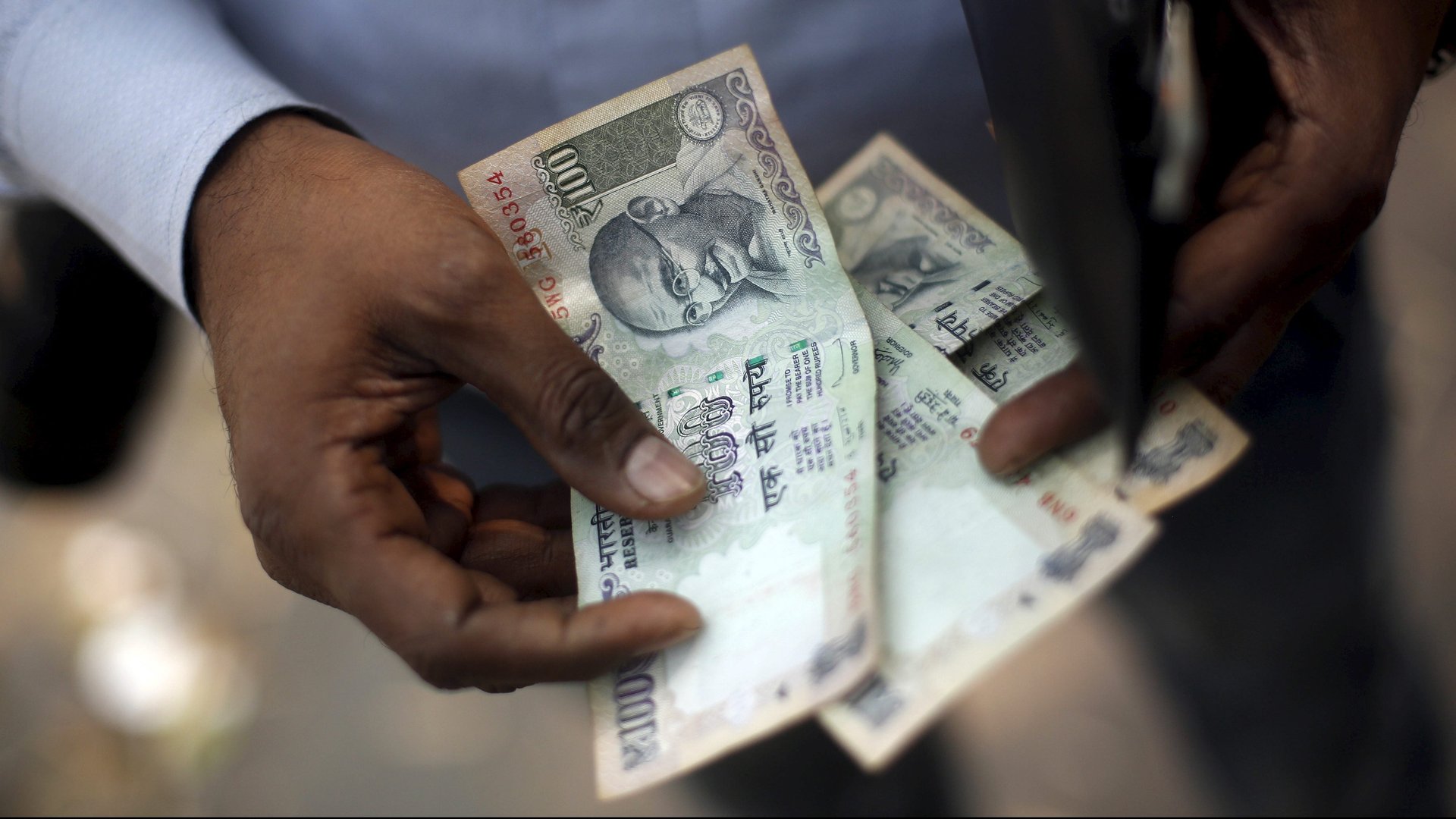Why India must borrow and spend wisely to counteract its Covid-19 slump
While economic activity in India is limping back to normality, the lengthy pandemic lockdown has left a trail of damage. Shops, malls, construction sites, industries, and offices were shut for almost two months, resulting in the complete collapse of demand.


While economic activity in India is limping back to normality, the lengthy pandemic lockdown has left a trail of damage. Shops, malls, construction sites, industries, and offices were shut for almost two months, resulting in the complete collapse of demand.
This means that the government will fall short in tax revenues. Also, other income streams like the selling of stakes in government-owned firms might also not generate as much revenue as previously expected. One outcome of this is that the Indian government is piling up debt to make up for the revenue shortfall and fight the economic slump. It will borrow an additional Rs4.2 lakh crore ($56 billion) from the debt market in the current financial year—a 50% spike from the budgeted Rs7.2 lakh crore.
There are two possible remedies. One would be to radically curb public spending and create a program of austerity to get finances back on track. But many experts believe that if the government doesn’t borrow and spend freely to support households and corporations, the economy could take an even more severe downturn. The government will have to do both.
The government’s initial $266 billion stimulus package was predominantly focused on indirect measures like infusing liquidity, but it may need to do more. “The government needs to spend the money raised through additional borrowing on growth enhancing measures now, after the initial round rightly focused on immediate survival, to ensure the economy’s potential growth is not adversely impacted,” said Sreejith Balasubramanian, economist at Mumbai-based mutual fund IDFC AMC.
Side-effects of borrowing
This additional borrowing comes at a great cost. India’s fiscal deficit-to-GDP ratio was already stretched at 4.6% due to a shortfall in revenue in the financial year 2020. And now, as the economy contracts for the first time in 40 years, the fiscal deficit (the difference between expenditure and revenues) is expected to widen in this financial year.
“The Indian government has introduced additional expenditure measures to mitigate the impact of the Covid-19 crisis, and associated virus containment measures, on the economy. Alongside a much weaker revenue outlook, we forecast that this will translate to a spike in the general government’s fiscal deficit to 11% of GDP,” noted an S&P Global Ratings’ report on June 11.
A rise in debt and the fall in economic growth also mean the debt-to-GDP ratio will worsen, raising concerns over the sustainability of borrowing.
Higher cost of capital
As the government borrows more to boost India’s stuttering economic growth, it must also keep an eye on the cost of repaying the debt. “The yields on G-sec (short-term bills) are likely to move up and trade in the range of 6-6.5%,” predicted Mumbai-based brokerage firm Nirmal Bang.
As the price of government securities, which are free of risk, goes up, there is also an impact on companies. “It will push up the cost of borrowing for private firms,” said Arun Singh, chief economist at analytics firm Dun & Bradstreet India. “But India’s central bank has been infusing liquidity into the debt markets by buying government securities.“
To counter the rise in borrowing costs, the Reserve Bank of India has emulated the US Federal Reserve. It has bought Rs1.2 trillion of debt since April 1, and also purchased Rs 10,000 crore worth of government securities. Bonds and yields are inversely related. As the central bank buys bonds their prices increase and yields drop. This helps to reduce the cost of borrowing.
Lower spending
While the RBI’s intervention is a welcome step, the Indian government’s stretched fiscal position means it can’t leave more money in the hands and bank accounts of consumers. It must still raise taxes and cut spending.
The government is unable to pass on the gains of favorable macroeconomic developments. For instance, the price of oil is way down, but the Indian government didn’t cut fuel prices. The prices of petrol and diesel have actually been rising as central and state governments repeatedly increase excise duty and value-added tax.
The government had planned to raise an allowance paid to government employees to counter the impact of inflation—that has been put on hold, and means their spending capacity will be curtailed. “If the government employees get more money in their hands, it will go back to the economy. They won’t hold back, they will spend it,” said one economist.
Be wise with money
It appears necessary for India to spend in a manner that spurs medium-term growth. In fact, spending wisely could play a pivotal role in maintaining a stable fiscal position. “Importantly, when medium-term growth is maintained, public debt becomes more sustainable,” said Balasubramanian. Further illustrating his point, Balasubramanian said that when growth increases, it creates the resources to fund the debt, which will reflect in our debt-to-GDP ratio.
“Ultimately growth solves all problems,” said Debashish Bose, DSP Investment Managers. “So we need the economy to grow and taxes to keep coming and then balancing the fiscal spending versus borrowing becomes easier.”